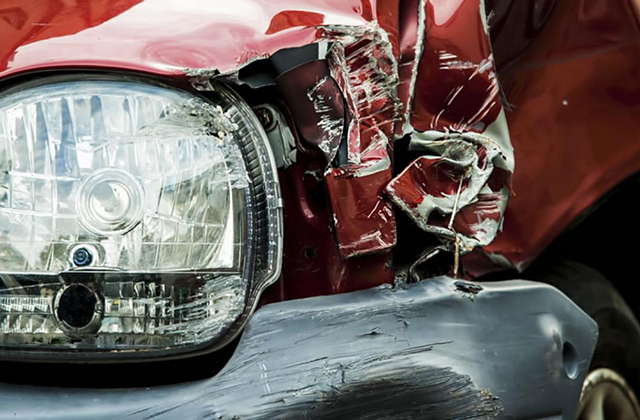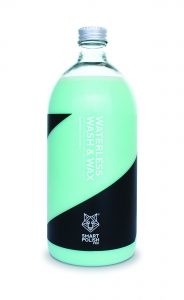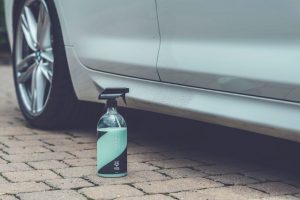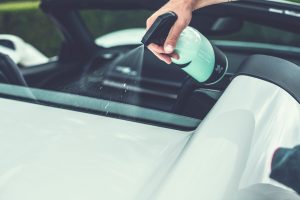It can be quite exciting traveling to a new place, but it could also be stressful. Thankfully, there are some simple steps you can take to ensure a smooth trip. Here are a few tips that will make sure you’re able to enjoy the time you spend traveling. Looking to ski with the beautiful Rockies in Canada? Bluepowder.com.au have put together some great Canada ski packages to make it easy, or if you would prefer to suggest your own, contact us and we can tailor your ski vacation to your needs.
When planning a vacation, be flexible when it comes to your exact destination. Travel to places outside your norm. A different destination may save you hundreds of dollars.
It is customary to tip any hotel staff that makes your stay easier. A good rule of thumb is $1 per bag/luggage and about $2-5 a day for housekeeping. This will increase the quality of service in your hotel and make your stay more enjoyable.
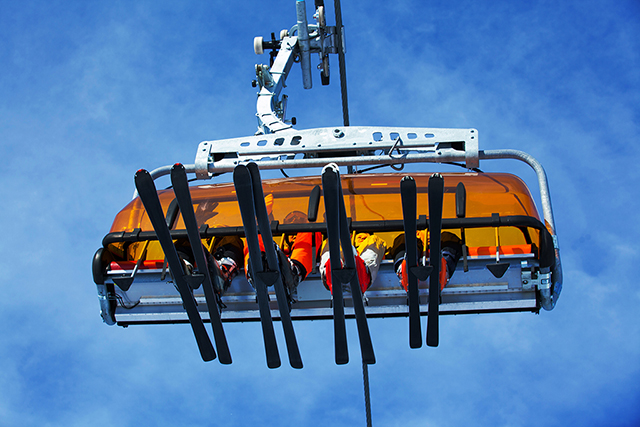
When you travel try your best to educate your family as much as you can along the way. Even developing countries can be perfectly safe if you plan carefully for safety, and it’s an awesome learning experience for your children. Time abroad is one of the best ways to learn to tolerate and understand other cultures.
Consider buying bottled water once you arrive or melt the hotel ice to get filtered water for making coffee. Since tap water may not taste the best, fill the ice bucket, then let it melt through the night. As the sun rises and your eyes open, you can be assured the water in the ice bucket is clean, filtered and ideal to drink or use for your morning java.
They can provide you with some amazing vistas and a level of plant life most people have never experienced. Everyone should visit a desert to view its majesty at least once in their life.
If your car has to be left at an airport while you travel, make sure you pre-book airport parking ahead of time. If you wait to book a parking spot on the day you need it, it will generally be way more expensive. If you live close to the airport, see if taking a taxi is cheaper that it would be to pay for airport parking.
It’s a good idea to get National Park passes if you often visit National Parks. They only cost $50 and remain good for use that year at any national park.
Bring a dry erase marker, and make little notes on the mirror to help you remember things. Small pieces of paper are easily lost, but you won’t miss that note you left on the mirror. This is a great approach, and the markers easily wipe off.
Check out the vehicle insurance policy that is offered to you. Many times, people think they need rental car insurance when they actually don’t. Most auto insurance includes coverage for a third party vehicle. Look at your policy coverage before leaving home, as you could save money over time.
When traveling, ask the hotel you’re staying at if they will give you the same hotel rate they give to locals. Many hotels offer local deals in order to fill empty rooms. If you are friendly with a person who lives in the city you plan to visit, contact them too see if they are aware of any special deals. This technique can save you quite a bit of money.
When you’re planning a vacation, always take the weather into consideration. By using available weather forecasting sites, you can determine projected weather conditions at your destination. Nothing ruins a trip faster than going to a freezing cold beach or ending up at a sweltering hot ski slope.
Don’t forget your prescriptions! This is something that can be easily overlooked. After reaching your final destination, you may find it very hard to get replacement medication.
If available, try requesting a room on an upper floor. This may seem simple, but the security afforded from higher floors is worth it. You should also avoid staying in rooms with sliding doors. Sliding doors are notoriously easy to jimmy open.
If your road involves children, pack lots of snacks. Actually, pack double the amount you were expecting. They will be entertained, so no issues should arise when you travel. Because trips don’t happen often, a few sweet snacks to keep them occupied can’t hurt.
It is always wise to check the alarm clock in your hotel room prior to turning in for the night. It is possible that the alarm is set, and you do not want to be awakened at some ungodly hour.
Long, international flights are highly taxing, particularly if jet lag kicks in. Plan to fly overnight to help deal with this. A good way to relax and fall asleep quick is to take a Tylenol PM which will have you asleep quickly. ) and sleep during the flight to your destination. Then, you’ll be refreshed when you awake.
Never let unpredictable travel situations make you fret over not being able to enjoy your vacation. Just remember these tips when you travel in order to may your vacation more enjoyable. Instead of worrying about what might go wrong when you travel, you can think about all the great memories you’ll make.

